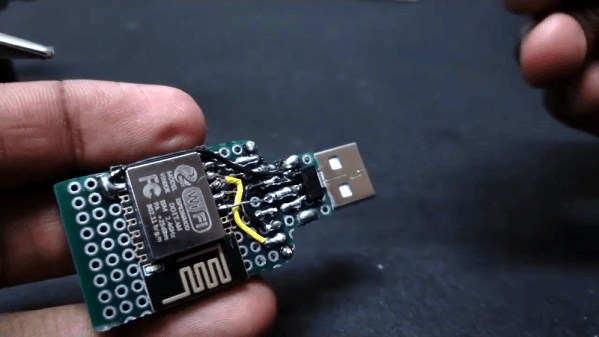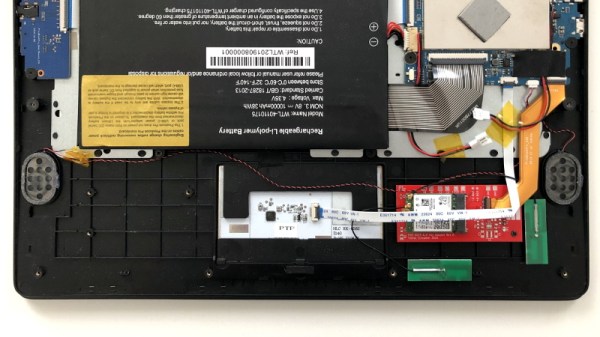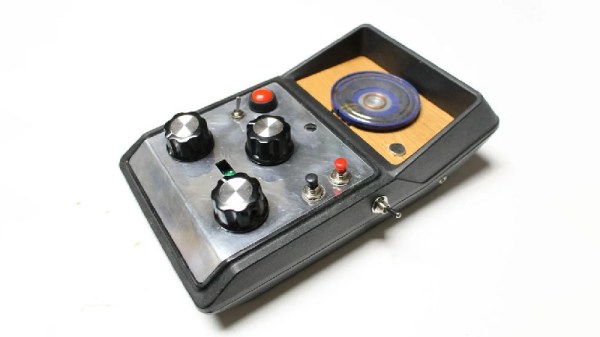Hackaday editors Elliot Williams and Mike Szczys check in on the best hacks from the past week. All the buzz is the algorithm that can reverse engineer your house keys from the way they sound going into the lock. Cardboard construction goes extreme with an RC car build that’s beyond wizard-level. Speaking of junk builds, there’s a CNC mill tipped on its side grinding out results worlds better than you expect from something made with salvaged CD-ROM drives. And a starburst character display is a clever combination of laser cutting and alternative using UV-cured resin as a diffuser.
Take a look at the links below if you want to follow along, and as always, tell us what you think about this episode in the comments!
Take a look at the links below if you want to follow along, and as always, tell us what you think about this episode in the comments!
Direct download (60 MB or so.)



















